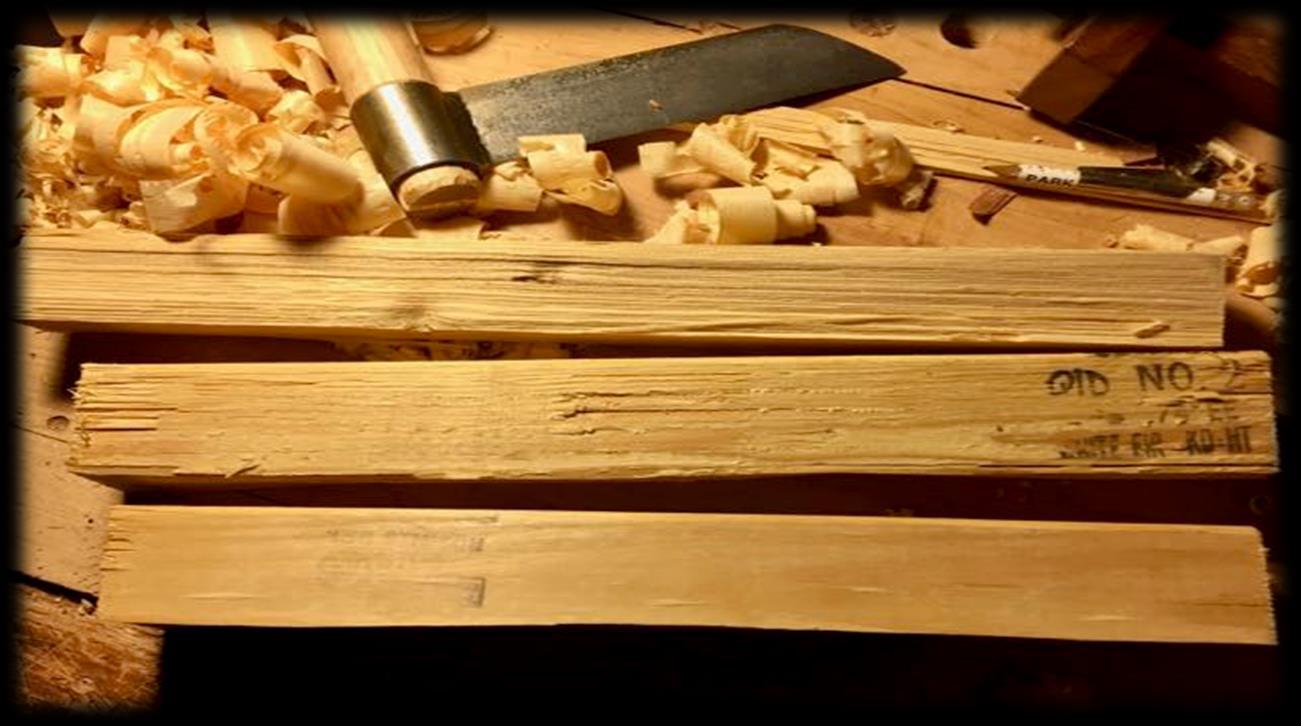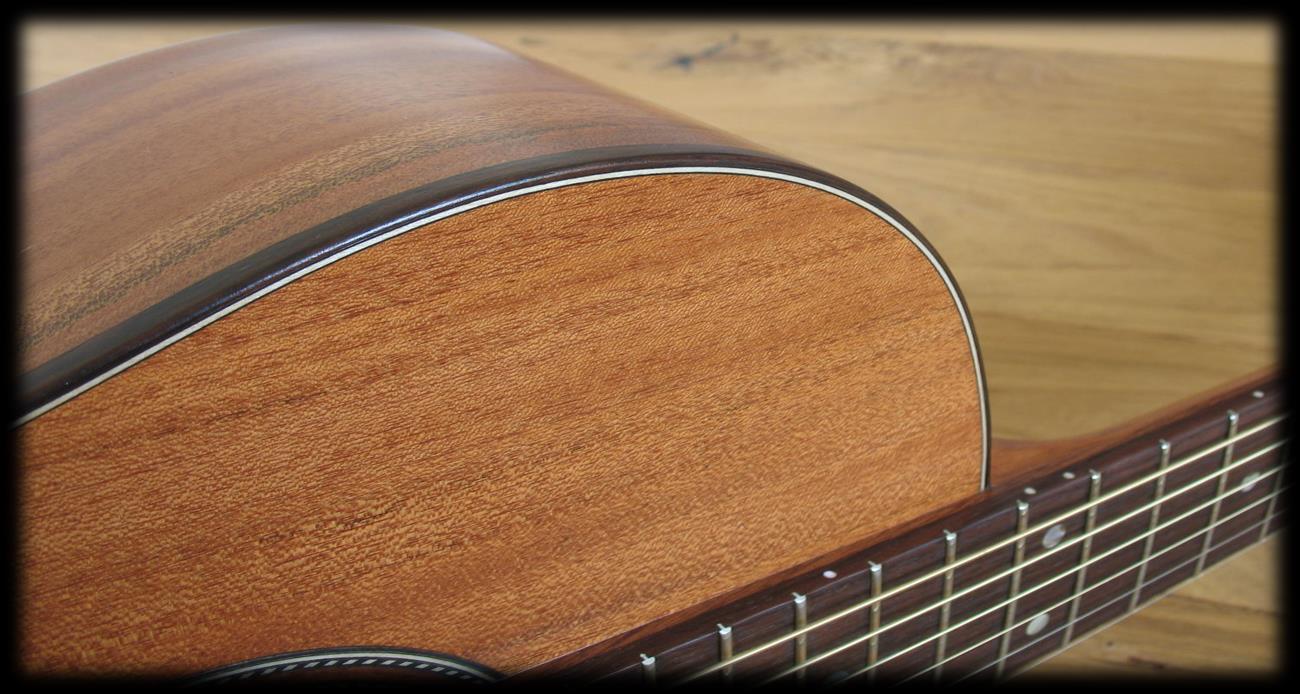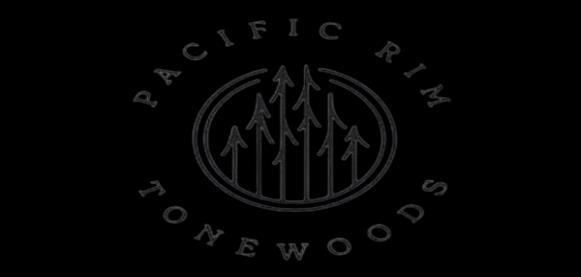






Building an acoustic guitar is a meticulous process, where each detail however small plays a significant role in the outcome. One of the most critical aspects of guitar construction, often overlooked by beginners, is the selection of acoustic guitar bracing wood. Bracing not only adds strength to the instrument, but it is also a key factor in determining the tone, resonance, and projection of the guitar.
This guide delves into the importance of choosing the right bracing timber and how it directly influences the guitar’s overall performance and durability. Whether you're a seasoned builder or an aspiring luthier, understanding the significance of acoustic guitar brace wood is crucial for achieving tonal perfection.
The Role of Bracing in Guitar Construction
Before diving into the types of woods used for bracing, it’s important to understand why it is so vital. It refers to the internal framework that supports the top (the soundboard) of the guitar. The top is the most important part of the guitar when it comes to sound production, and without proper bracing, the guitar could be weak and prone to damage.





Braces are strategically placed in specific patterns to provide structural support and to control the vibration of the soundboard. The way the wood responds to these vibrations directly affects the tone of the instrument. Bracing helps to maintain the balance between strength and flexibility—ensuring that the soundboard can vibrate freely without compromising the guitar's durability.
Nowadays, choosing the right acoustic guitar bracing wood is crucial because each type of wood has its own characteristics, including weight, density, elasticity, and tonal properties. These factors will dictate how the top of the guitar vibrates, which in turn influences the sound quality.

The Impact of Acoustic Guitar Bracing Wood on Tone
The tone of an acoustic guitar is shaped by both the top wood and the bracing timber. The bracing wood affects the soundboard's flexibility, impacting tone, volume, and sustain.
Too stiff bracing timber can result in a muted sound, while too soft a wood may reduce volume and sustain.
The ideal bracing material balances flexibility and strength, allowing the top to vibrate freely and project sound effectively.
For instance, Sitka spruce brace wood provides a bright, full tone with excellent projection, while denser woods like rosewood create a warmer, midrange-focused sound.





Bracing Patterns and How They Interact with Bracewood
Another aspect to consider when choosing acoustic brace wood is how it interacts with different bracing patterns. The bracing pattern refers to the way the braces are arranged inside the guitar, directly affecting the tone and resonance.
The X-brace is the most popular pattern in modern guitar building, where two braces cross each other in an "X" shape.
It helps produce a balanced tone with enhanced projection by distributing vibrations evenly across the guitar top.
The X-brace pattern is particularly well-suited for bracing wood like Sitka spruce, which responds well to this design. This creates a bright, powerful sound with excellent tonal range.
The ladder brace pattern features parallel braces running from top to bottom, producing a more focused sound.
It offers a pronounced midrange and, though less common today, is often found in vintage guitars.
The ladder brace pattern pairs well with denser rosewood, as the wood’s characteristics complement this bracing style. The result is a warm, more defined tonal quality.
The Art of Selecting Guitar Bracewood for Different Builds
When deciding which bracing wood to use, one of the most important factors to consider is the type of guitar you're building. The bracing material you select will have a significant impact on the guitar’s performance.
Small-bodied guitars (parlor or concert models) benefit from a bracing wood that enhances treble response and clarity.
A lighter, more flexible bracing wood, such as Sitka spruce, allows smaller soundboards to vibrate freely, producing a bright, clear tone.
Larger-bodied guitars, like dreadnoughts, are designed for greater volume and bass response. These guitars require denser and stiffer guitar bracewood to provide structural support.
Rosewood is ideal for such builds, as it adds warmth and fullness to the sound.
It offers the strength needed to support large, resonant soundboards while maintaining tonal depth.





For a guitar that offers both warmth and clarity, combining different woods for the top and braces can yield exceptional results.
Pairing Sitka spruce with a cedar or spruce top creates a harmonious balance.
This combination enhances vibrancy and sustain while still maintaining warmth and depth.

How to Find the Best Guitar Bracewood Kit and Set
For those new to building guitars, purchasing a guitar bracewood kit is a great way to get started. These kits typically come with pre-cut braces, ready to be installed in your guitar. A guitar bracewood kit simplifies the process of selecting the right materials, making it an ideal option for beginners who are just learning the craft.
The price of acoustic guitar bracewood varies depending on the type of wood, its quality, and the supplier. Generally, woods like Sitka spruce bracewood are more affordable compared to rarer and more exotic options like koa or rosewood. However, the price of bracing wood should not be the only consideration when making a purchase. Quality and consistency are just as important as they ensure that the braces perform optimally.
If you’re looking for top-quality woods, it’s essential to choose a reputable supplier. Pacific Rim Tonewoods is known for providing premium acoustic guitar bracewood at competitive prices, offering a range of woods to suit every guitar-building project.





Acoustic Guitar Bracewood Price and Value
The price of acoustic guitar bracewood varies depending on the type of wood, its quality, and the supplier. Generally, woods like Sitka spruce bracewood are more affordable compared to rarer and more exotic options like koa or rosewood. However, the price of bracing wood should not be the only consideration when making a purchase. Quality and consistency are just as important as they ensure that the braces perform optimally.
When purchasing guitar bracewood kits, it’s a good idea to balance cost with the desired tonal outcome. Choosing high-quality wood from a trusted tonewood supplier can make a significant difference in the overall performance of the finished instrument.
Final Thoughts
Meanwhile, selecting the right guitar bracewood set is crucial for achieving the perfect balance of strength, tone, and projection in your guitar. Whether you’re building a bright, clear instrument with Sitka spruce or a warm, full-bodied guitar with rosewood, understanding how different woods affect sound and performance will help you create an instrument that suits your playing style.

Frequently Asked Questions
What is the best wood for acoustic guitar bracing?
Sitka spruce is one of the most popular choices for acoustic guitar bracing due to its ideal combination of strength, lightness, and tonal versatility.





How does bracing affect the sound of an acoustic guitar?
Bracing impacts how the top vibrates, affecting the overall tone. A well-chosen wood and pattern can enhance projection, sustain, and tonal balance.
Can I use different woods for the top and bracing?
Yes, it’s common to use different woods for the top and the bracing. The combination can create a more balanced sound, with each wood contributing its unique tonal properties.
What
is the most commonly used pattern?
The X-brace pattern is the most common in modern acoustic guitars, providing a balanced tone, enhanced volume, and sustain while maximizing the sound qualities of the bracewood.
How do I choose the right wood for my build?
Consider the guitar’s size and desired tonal characteristics. Lighter woods like Sitka spruce are great for smaller guitars, while denser woods like rosewood are ideal for larger guitars requiring more strength and warmth.





